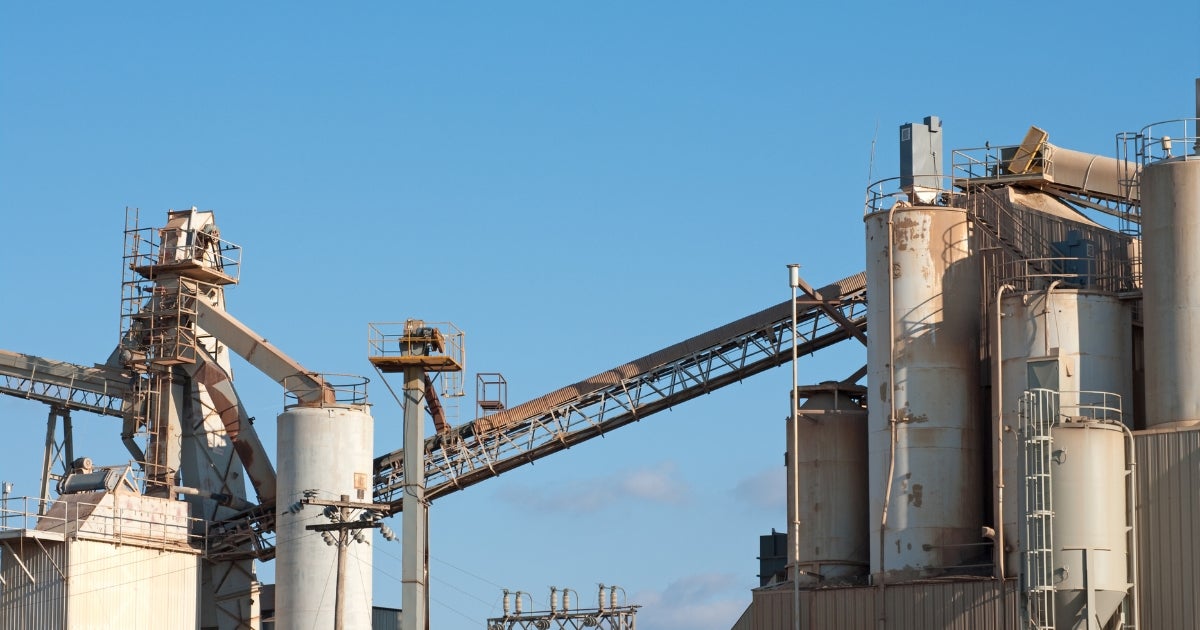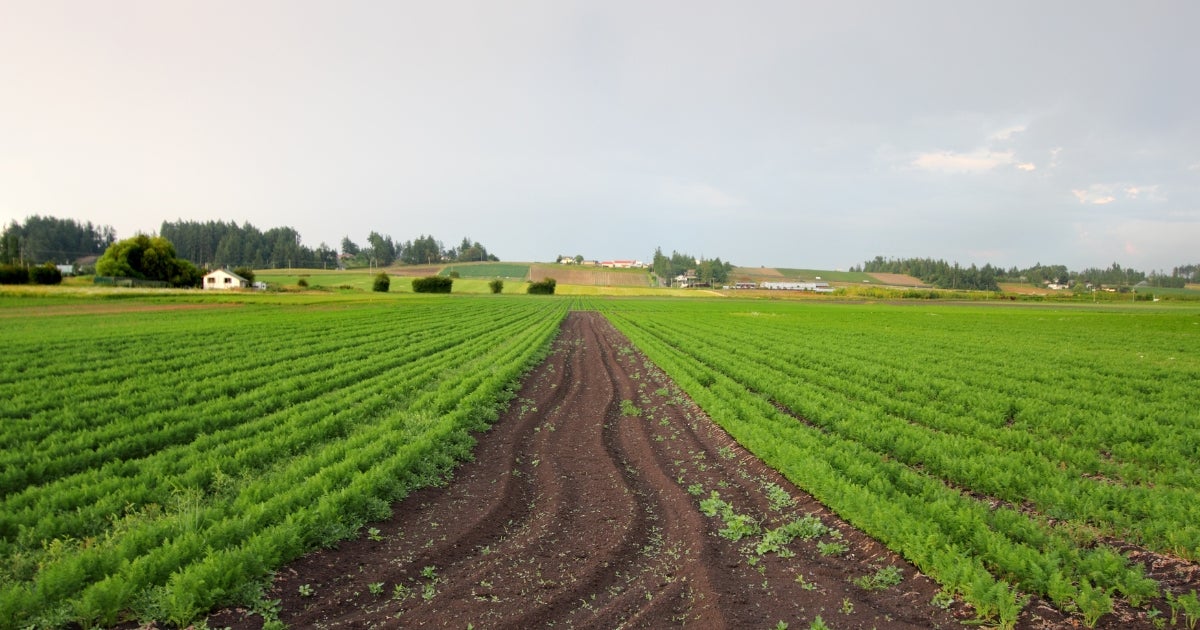This blog was co-authored by Dara Diamond, Federal Climate Innovation Intern
Historic climate investments from the Biden administration have put a much-needed down payment toward cutting emissions from industry — a major economic sector that makes up over a quarter of U.S. emissions. Still, a lot of hard work remains to meaningfully scale up solutions in this sector. A particularly tricky piece of the industrial emissions problem is hidden in plain sight all around us, in our buildings, sidewalks, highways and bridges: cement.
The scale of this climate challenge is colossal. Cement is the most widely used man-made material on the planet. If the cement industry were a country, it would be the third largest emitter in the world.
To slash emissions from cement production, policymakers will need to make the most of existing climate investments and put forward a range of new solutions, including putting the federal government’s massive purchasing power to work.
Here is why cement poses unique climate challenges — and how policymakers can leverage public procurement to help meet them.











